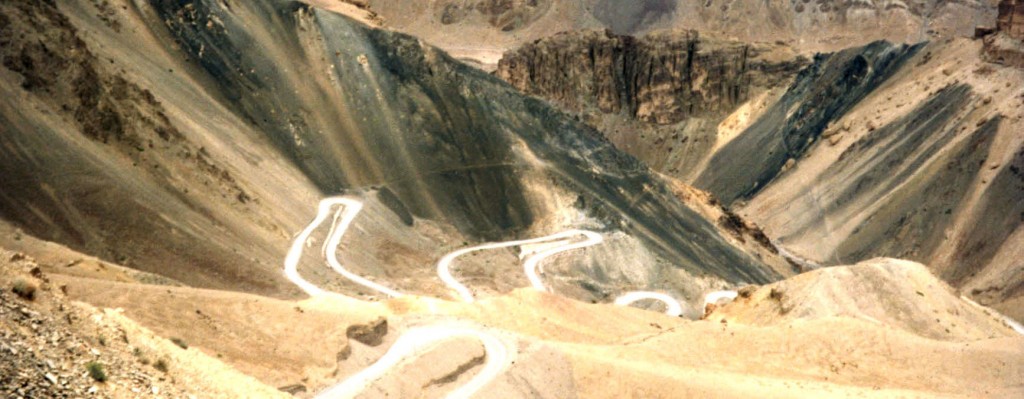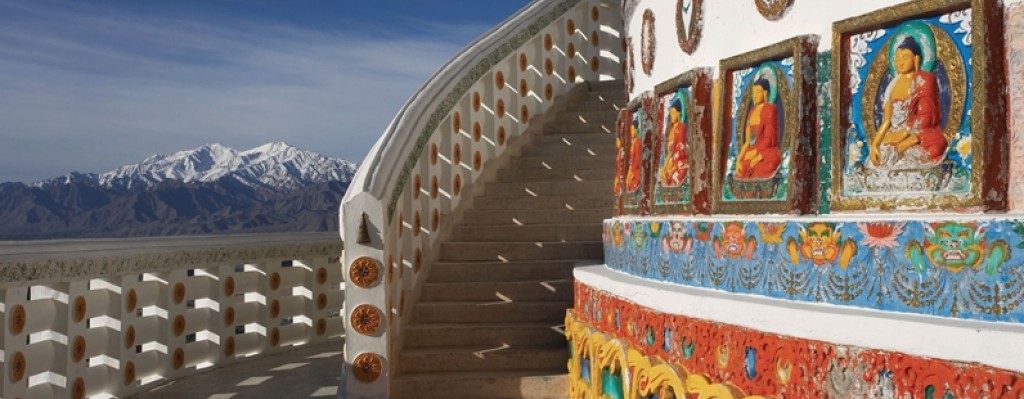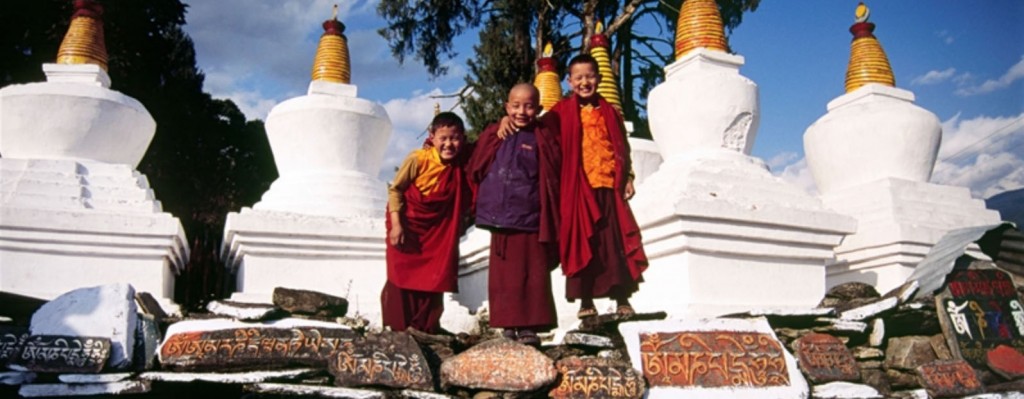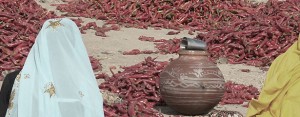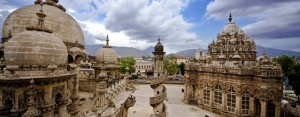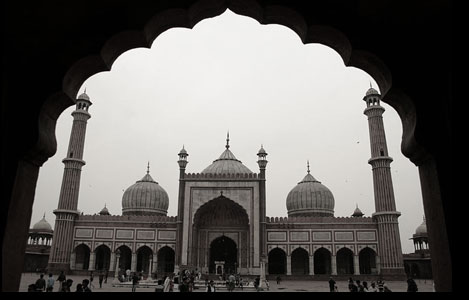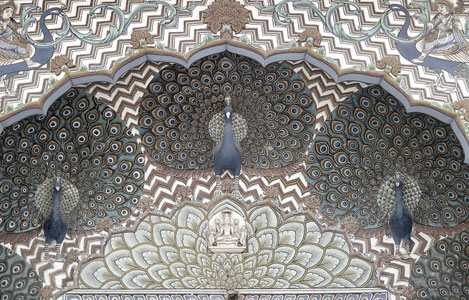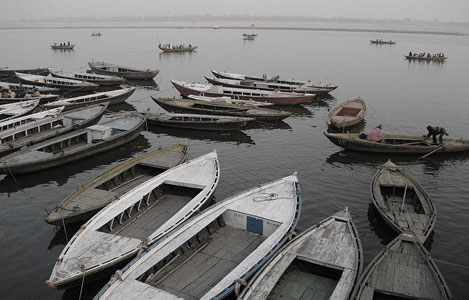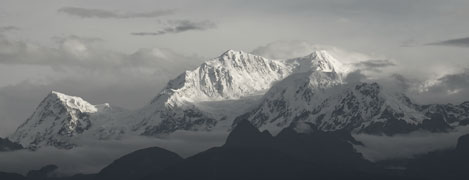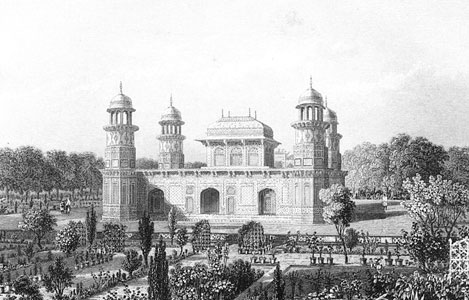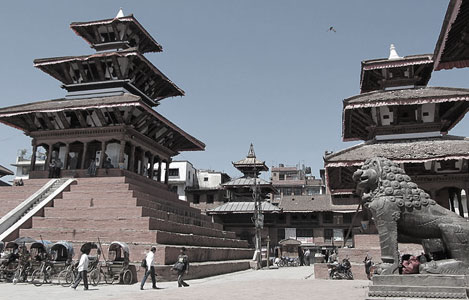Great Asian Odyssey
Great Asian Odyssey
New Delhi – Northern India – Nepal
October to March – Possible year round
From princely palaces to the highest Himalayan peaks, this tour combines India’s cultural wonders with the stunning natural beauty of Nepal. We delve into the heart of Hindu culture and tradition as well as the luxurious remains of the Mughal and Rajput dynasties. In Jaipur we get a glimpse of Rajasthan’s royal palaces and forts. Then it is off to Agra to experience the Mughal era’s grandest achievement – the incomparable Taj Mahal. We continue to the world’s oldest inhabited city, Varanasi, where Hindu pilgrims flock to bathe in the waters of the Ganges. Finally, we journey to Nepal to experience the high Himalayan peaks and stunning landscape.
Highlights
- India in less than two weeks – Incredible!
- The best of man-made and natural beauty
- Trains, planes and automobiles.
- Luxury accommodation throughout
%
Days
%
Luxury
%
Destinations
Itinerary
Day 1 Delhi
You are met at the airport and transferred to your hotel. The day includes a sightseeing tour of Sir Edward Lutyens’ New Delhi, the garden city built in 1911 by the British. We also visit the Birla Mandir (Lakshminarayan Temple), the President House, Humayun’s Tomb (the forerunner of the Taj Mahal), and India Gate.
Days 2 - 3 Jaipur
Today we begin our journey, traveling by road to Jaipur. Known as the ‘Pink City’, Jaipur was founded by Maharaja Jai Singh II (1693-1743) and is the capital of Rajasthan. It is a city of contrasts, where camels and elephants wait at the traffic lights along with cars and scooters. The whole city was painted pink when the Prince of Wales, Edward VII, visited Jaipur in 1876. Today, every home in the old city is obliged by law to maintain this façade. While in Jaipur we visit the Amber Fort, the former capital of the royal family of Jaipur, taking an elephant ride to the top. Another highlight of our tour is the City Palace, the former royal residence built in a blend of Rajasthani and Mughal styles. The palace houses a museum with a superb collection of Rajasthani costumes and Mughal and Rajput weapons. We also visit the Jantar Mantar observatory and the Hawa Mahal.
Days 4 - 5 Agra
Today we continue our journey to the Mughal splendor of Agra to visit the Taj Mahal and the Red Fort. On the way to Agra we visit Fathepur Sikri, the ghost city built in honor of Saint Salim Chisti, who foretold the birth of 3 sons to Emperor Akbar. The Taj Mahal is one of the wonders of the world. It was built in 1652 by Emperor Shah Jahan, and took 22 years and 20,000 skilled artisans to complete. Agra Fort lies across the river Jamuna. It was here that Aurangzeb, the third son of Shah Jahan, kept his father under house arrest. One can get a fantastic view of the Taj from the little octagonal tower in the Fort. From Agra we take the overnight train to Varanasi, giving you the chance to experience India by rail. The train is equipped with sleeper compartments so you still get a good nights rest – the sound of the rolling wheels lulling you to sleep!
Day 6 Varanasi
On arrival in Varanasi we transfer to the hotel to freshen up and then stretch our legs with a walking tour of the city. From Varanasi we take an afternoon to visit Sarnath, the place where Buddha gave his first sermon. The spot is commemorated with a Stupa. We visit the ruins of the Buddhist monastery and the temple where one can see a life size painting of the life of the Buddha. Before we leave Varanasi, an early morning boat ride presents an incredible scene as the multitudes of devotees come to the river to pay homage to the Sun God. We pass the bathing ghats where thousands of pilgrims immerse themselves in the holy water of the Ganges, and the burning ghats where cremations are conducted. As we sail down the Ganges with the temple bells ringing on the shore one feels transported to a different world.
Days 7 - 10 Kathmandu
We transfer to the airport to fly to Kathmandu. After we have arrived and checked in to our hotel we begin our explorations of this beautiful and fascinating Himalayan kingdom. We have plenty of time to see the sights and wander through the interesting bazaars and streets. We visit Durbar Square, with its pagoda-shaped temples, the Royal Residential Palace, and the temple of the Living Goddess – a young girl worshipped as a deity by all Nepalese. We visit Swaymbunath – the enormous shrine of the Buddha’s all seeing eyes. We travel to the ancient city of Patan, founded in the 3rd century, with its hundreds of temples and palaces. This “city of beauty” has some of the most fascinating architecture of both Buddhist and Hindu cultures. At the Tibetan refugee camp we can see the Tibetans weaving carpets and other interesting handicrafts. We also visit Bhadgaon, a “city of devotees” where Nepalese architecture is at its best. Finally we drive to Dhulikhel resort, perfect for a walking tour with its panoramic views of the Himalayas.
Days 11 - 12 Delhi
We return to the capital by air to visit Old Delhi, the ancient city built by Emperor Shah Jahan. We visit the Red Fort, and then take a bicycle rickshaw ride through the narrow lanes to the Jama Masjid, the largest mosque in India. There is a reason why Delhi has been the capital of India seven times in its history. There is always lots to explore as the city constantly re-invents itself. Our tour finishes with breakfast and transfer to airport for international departure.

